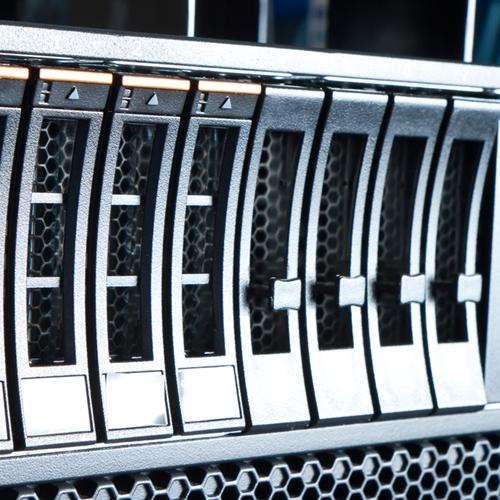When it comes to data center growth, organizations must decide between constructing a new facility or leasing space in an existing structure. This decision can be based upon a number of different factors, but primarily comes down to technical requirements and total cost of ownership (TCO).
Data Center Markets At A Glance
Currently, there is significant expansion projected for the data center construction market, illustrating that many groups opt to build a facility that matches their unique needs. According to recent data center market research, the global data center construction sector will increase at a compound annual growth rate of 21.99 percent until 2018. Researchers noted that obstacles that could hinder this market expansion include the adoption of containerized data centers as well as leasing.
The data center leasing market is not so clear cut, noted GigaOM contributor Stacey Higginbotham. Research released late last year showed that some cities have a considerable amount of available data center space, while other areas are nearing leasing capacity. For example, London, New York, Paris and Frankfurt showed vacancy space of 40 percent. At the same time, however, Paris also reported a 25 percent increase in new data center square footage.
“Colocation sites that are in high demand have consistently limited or non-existent availability, warranting expansion, while operators of other sites may struggle to gain a foothold,” industry analyst Jon Hjembo said.
The Main Decision: To Lease or Build?
When technology businesses find that they have utilized all existing capacity and must expand, there are several factors to consider to help determine if selecting a data center for lease would be best, or if the company should find a data center for sale or construct their own.
Experts advise that administrators take three key elements into account: benefits, costs and risks.
WiredRE recently suggested a portfolio approach to data center investing and planning, advising the combined use of cloud, colocation and data centers, as well as spreading planning, performance and obsolescence risk across each platform.
“With the average user over-provisioning by 50 percent or more, this is an issue with large dollars attached,” stated WiredRE CEO Everett Thompson. “We recommend distributing full compute requirements across each asset class and maximizing the utilization of long-term fixed assets, like real estate, and then using cloud and hosting for load following and as a hedge against risk. These are measurable and concrete guidelines for cloud and data center investing.”




